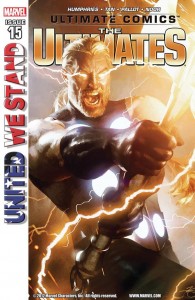 EDITOR’S NOTE: I pledge allegiance to the spoilers of the Ultimate Comics of Marvel…
EDITOR’S NOTE: I pledge allegiance to the spoilers of the Ultimate Comics of Marvel…
If it was really that easy, Bart Simpson would have been the President of The United States since 1992.
I have previously mentioned that the Ultimate Comics Divided We Fall storyline feels, to me, a lot like Wildstorm’s World’s End arc from a few years back: a major publisher making their sub-universe story playground look more relevant by turning it into an arbitrarily violent cesspool to drive large-scale storylines that the characters themselves weren’t weighty enough to introduce with any believability. Stories like this are the zombie apocalypse of comics: create some form of MacGuffin that sends society into turmoil, like a Kherubim attack or the rise of The Children of Tomorrow or a probe from Venus, and let the circumstances allow characters to do shit that you would never accept in a remotely realistic world.
The problems with stories like that is that you need to buy into the circumstances that have broken society. That’s easy with something like Night of The Living Dead – if you can buy the concept of space bacteria making the dead walk, the overrun of society by the zombies is an easy next step. But if you want to buy into the chaos at the heart of The Ultimates #15, even if you decide to ignore the Sentinels going apeshit in Arizona and that most of the northern eastern seaboard is under National Guard control (despite barely seeing any signs of even traffic snarls in Ultimate Spider-Man), you need to believe that the entire West Coast has united under the rule of pastiches of what appears to be Steve Jobs and Bill Gates. Now, my day job is in a software company, and I can tell you with some authority that there isn’t a serious techie in the world who would cross the street to piss down either of those guys’ throats if their hearts were on fire. If this happened in the real world, California’s computer systems would die like pigs in a chute as all the real programmers emigrated to Arizona, because I guarantee you that the Sentinels run on Linux. But I’m getting off on a tangent here.
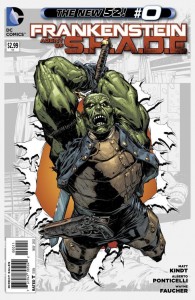
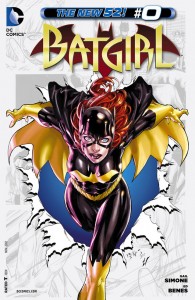
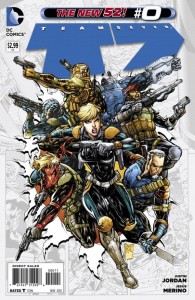
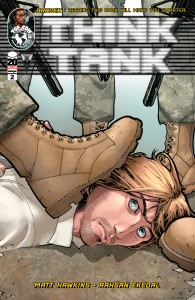
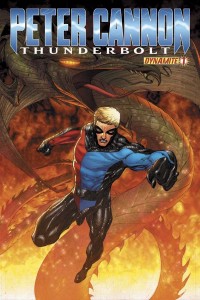
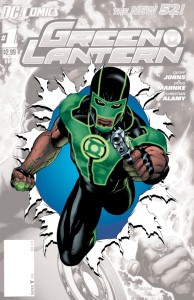
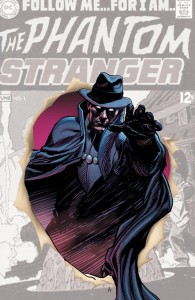
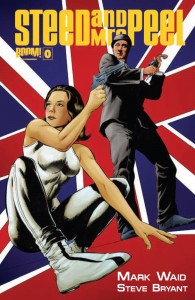
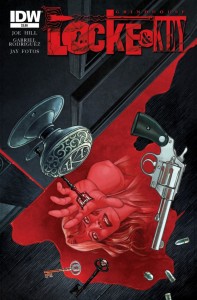
 Podcast RSS Feed
Podcast RSS Feed iTunes
iTunes Google Play
Google Play Stitcher
Stitcher TuneIn Radio
TuneIn Radio Android
Android Miro Media Player
Miro Media Player Comics Podcast Network
Comics Podcast Network